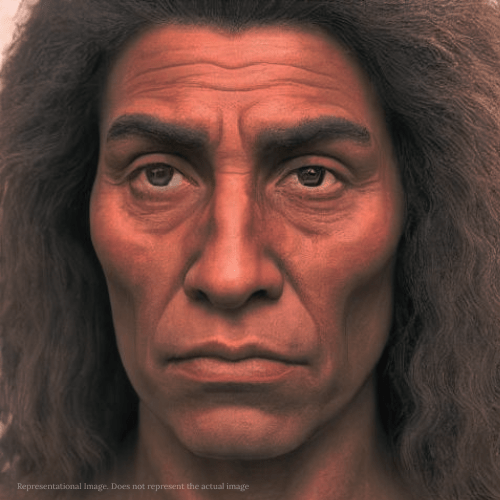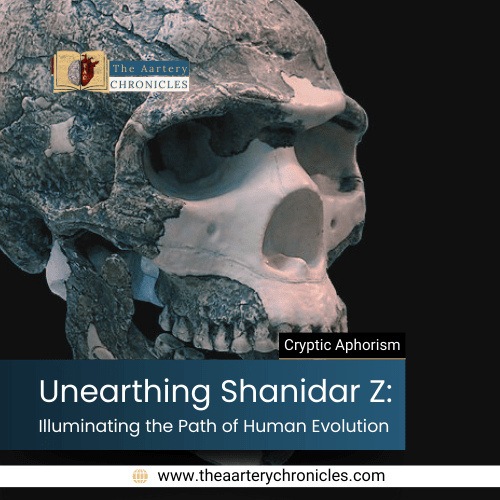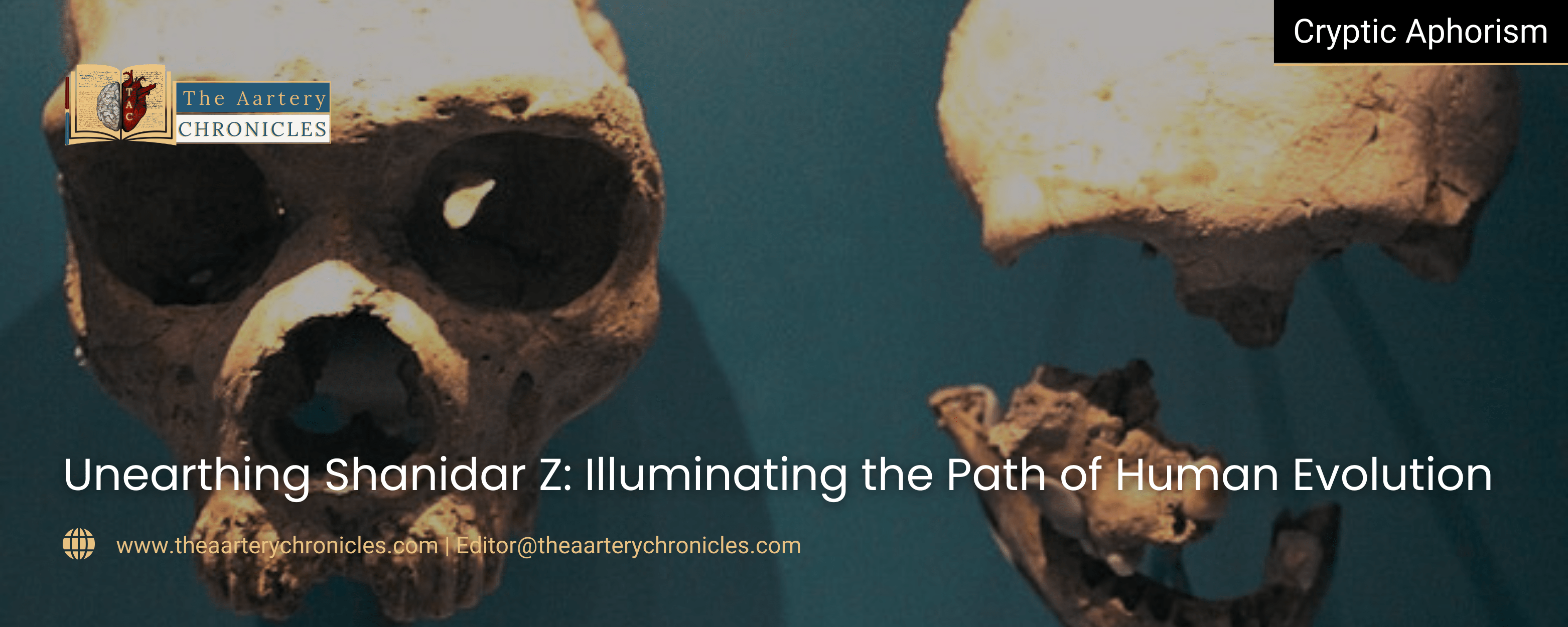Unearthing Shanidar Z: Illuminating the Path of Human Evolution
Overview
Science has always fascinated mankind, each discovery adds a spark to its wonder. It’s as if every new find opens a door to a room of new possibilities and questions.
The recent discovery is like finding a hidden treasure from a long time ago. Situations like these make us feel how mysterious the world can be and how many secrets it still holds beyond what we have grasped so far! Recently, researchers in the UK successfully reconstructed the face of a Neanderthal woman who existed 75000 years ago.
The discovery of the remains
A team of British researchers found the remains of a 75,000-year-old Neanderthal woman in Shanidar Cave in Iraqi Kurdistan in 2018. The remains included a well-preserved skull however, it was flattened to 0.7 inches of thickness probably because of rockfall after death. Professor Chris Hunt from John Moores University and Dr. Emma Pomeroy, a palaeo-anthropologist from the University of Cambridge collaboratively with the team worked on excavation and subsequent reconstruction.
Reportedly, the lower portion of the skeleton had been excavated initially in the year 1960 when American archaeologist Ralph Solecki carried out the work at the cave and discovered the remains of at least ten Neanderthals.
The site has been popular for a significant number of Neanderthal finds, pointing towards the history of repeated burials in the region.
Face reconstruction and analysis
The team of researchers analyzed fragments of 200 pieces of skull and reassembled them after taking micro-CT scans.
The skull after rebuilding was 3D-printed and surface scanned which provided the foundation for head reconstruction. Later paleo artists added skin and artificial muscle layers to unveil an entire face.
The levels of wear and tear of the teeth helped with estimation of her age, with front teeth worn to the root. In the absence of pelvic bones, researchers used tooth enamel protein for the determination of sex. The reconstruction included the addition of clay to the skull according to the tissue thickness, specific characterization including wrinkles and hair, and prosthetic eyes.

Shanidar Z
The name ‘Shanidar Z’ refers to the location where the remains were found which is the Shanidar Cave. The naming system highlights the association between the remains and the location of discovery.
According to the researchers, Shanidar Z was an older female probably in her mid-forties. With the height of around five feet, and possessing small adult bones for Neanderthal fossils, her physique indicates she was a female.
The reconstructed visual has a strikingly human-like face. With wide cheekbones, a calm demeanor, and a broad forehead she is portrayed with long black hair.
Who are the Neanderthals?

Neanderthals or Homo neanderthals are known to be our closest ancient human relatives. According to the scientific evidence, our two species have a common ancestor. The earliest records of Neanderthals are that of around 430,000 years old.
A few reports from DNA and fossils mention the separation of modern human lineages and Neanderthals around 500,000 years ago while a few studies may suggest a distinct estimation. For the last part of their existence, neanderthals lived alongside modern humans. And it is said that many of us have inherited around 2% of the Neanderthal DNA.
We do not yet know the exact reason for the extinction of Neanderthals. However, some factors may include inbreeding, competition with modern humans, climate change, and demographic change.
Conclusion
Evolutionary change has been occurring constantly and has shaped the diversity of the earth so far. It can be said that evolution is almost the only constant phenomenon. From single-celled organisms to the most complex and diverse species present today, evolution has significantly been a driving force for all the development.
Moreover, because of the scientific progress, and advances in the field of face reconstruction, it has become possible to connect with our ancient past. The innovative techniques have breathed life into the fossils of long-forgotten ancestors.











